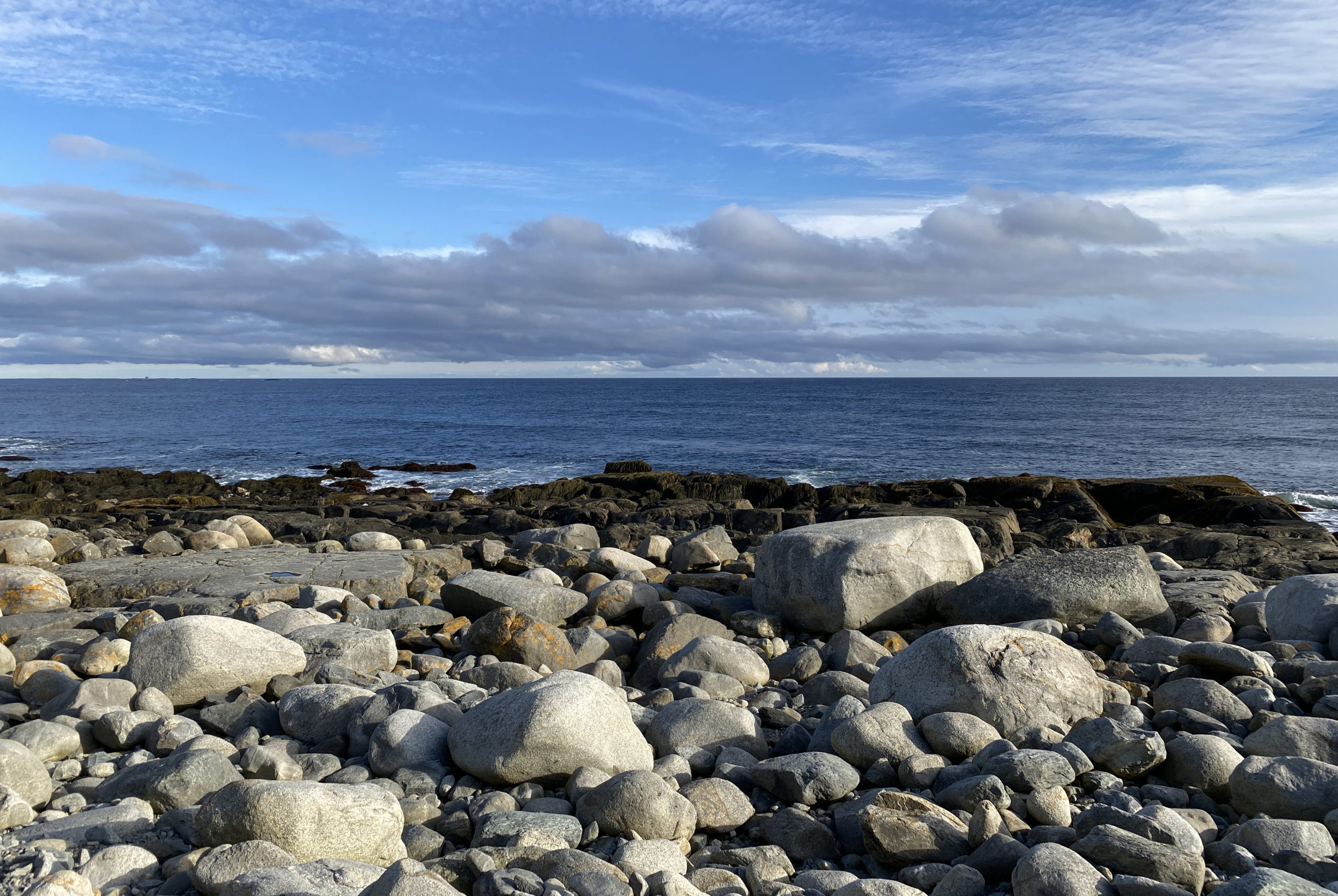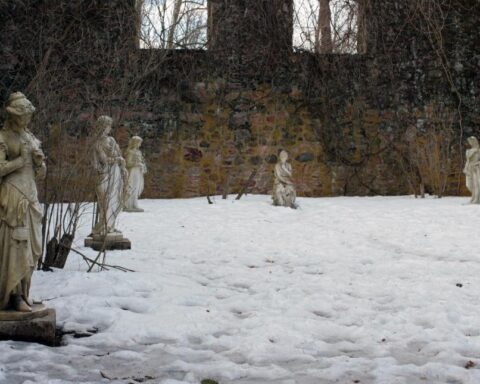I’ve moved a lot during my life. At birth, I wasn’t even at home. My father worked for IBM and we were in Bethesda, Maryland when I showed up. My mother, Jacqueline (Lynn) Parry, was born in Digby, Nova Scotia and my father, Glenn Sands, by virtue of being the son of missionaries, was born in British Guyana, but his family were Nova Scotians at heart, spending many years in Shelburne and Sandy Point, Nova Scotia. My maternal grandfather, Albert I’Anson Parry, immigrated from the UK. My paternal grandfather, John (Jack) Sands, did the same. And here we are.
The truth is, I only lived in Nova Scotia for a few years as a child, so I’ll try to explain why I feel like I’ve come home.
We lived in a little red house in Port Saxon directly across from Kenney & Ross, the fish processing plant. Back then, it was one small building by the water with piles of fish skins all over the place. The house was surrounded by forest. We had a huge front lawn and an even bigger side lawn with a mess of daffodils growing. Train tracks ran from the side of the fish plant across the road and into the trees to the southeast. Today, those tracks are gone, and a wooded path remains. My brothers used to put coins on the tracks and wait for the train to run them over and create “slugs”, as they called them. For what purpose, I will likely never know.
Those forests surrounding the house were scattered with lean-to structures we’d built ourselves which never stayed up for long. We’d play games, hide and seek, chase each other around, climbing the trees that we were able to climb. I’m not sure how we never got lost.
Down the road, The Stoffels had a farm where they sold plants on Sundays and Mr. Stoffel smoked eels outside. He’d take his cows to stud at a nearby farm and invited anybody who wanted to come. It was a learning experience. Mrs. Stoffel served tea and snacks and she never turned a hungry kid away. In the other direction from my home, a few houses away, my grandmother lived in a big old house with a huge tree out front. Across the road, a small house that used to be a schoolhouse stood tucked into some trees. Green Wood Road bisected her property and an old structure that today is Veronique’s Antiques. We’d walk the gravel road until we came to a path that led us straight down to the beach on Greenwood Lake, where we’d swim play on really nice days. Once upon a time, there was a car graveyard deep in the woods behind my grandmother’s land. It was off-limits. As you can imagine, that didn’t stop us.
In summer, the forest and the fields were filled with blueberries. Blueberry season was my favourite time of year. I couldn’t and still cannot get enough.
I left the South Shore as a child. I’ve spent most of my life almost exclusively in Ontario, but my most detailed and fondest memories come from my time here. This is where my family is. This is where my history is. This is where my parents met. This is home.
The South Shore Review joins an already vibrant arts community in Shelburne and on the South Shore. I hope it can enrich the community as much as the community enriches it, enriches me. I want to bring Nova Scotia to world and bring the world to Nova Scotia and I can think of no better way.
Thank you for my home.




